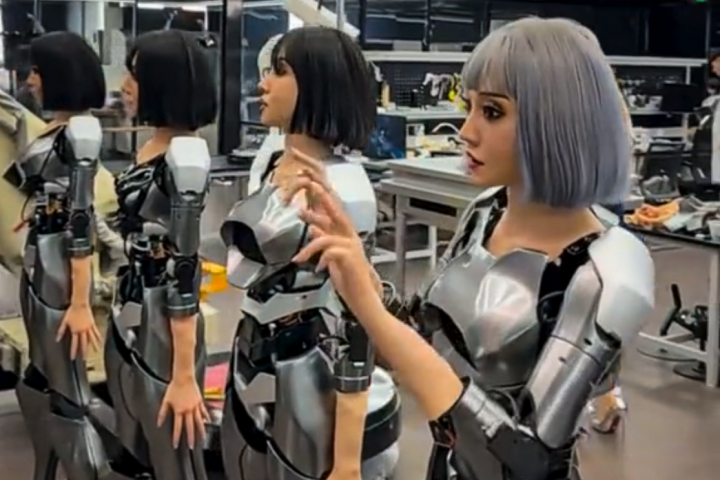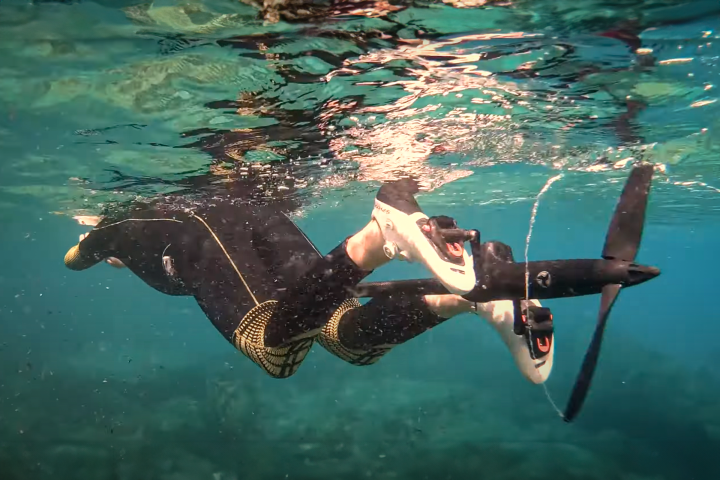Even the healthiest over-65s are at risk of taking a fall, but monitoring their movements can impact heavily on their independence. Researchers at University of Missouri have developed a system to monitor elderly people in their homes, watching out for signs that a fall might be imminent and alerting caregivers.
The system is fairly simple, and isn't reliant on the homeowner remembering to wear any physical trackers. Instead, non-wearable sensors installed in the home visually measure the homeowner's gait, stride and speed regularly, watching for any significant changes.
According to the team, when an elderly person's gait slows by 5 cm (2 in) per second, their probability of having a fall within three weeks is around 86.3 percent. The research also showed shortening stride length made for a 50.6 percent chance of taking a tumble in the weeks that followed.
Testing took place in a Missouri retirement village. Once the system registered irregular motion, it was able to take a picture and email nurses with an alert. That alert could be used to warn a fall is more likely, or to catch early signs of functional decline that might be setting in. Having detected the changes, health professionals can then intervene to help make the homeowner safer, like using a special brace to train them on the safest way to walk.
"Aging should not mean that an adult suddenly loses his or her independence," says Marilyn Rantz, Curators' Professor Emerita of Nursing. "However, for many older adults the risk of falling impacts how long seniors can remain independent. Being able to predict that a person is at risk of falling will allow caretakers to intervene with the necessary care to help seniors remain independent as long as possible."
The researchers published their findings in Western Journal of Nursing Research. Take a look at some of the team's previous work in the video below.
Source: University of Missouri


